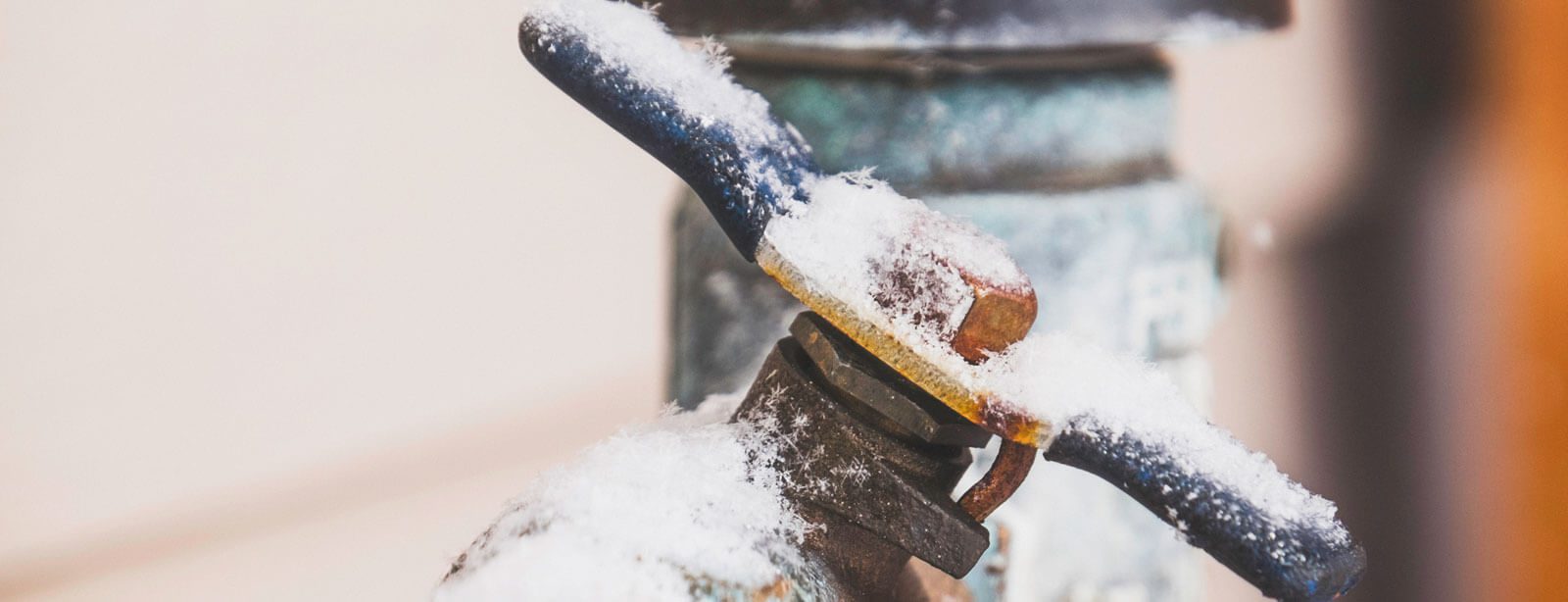Have you been trying to find answers concerning Winter Plumbing Precautions: Preventing Frozen Pipes?

Winter can wreak havoc on your pipes, especially by freezing pipes. Below's exactly how to stop it from occurring and what to do if it does.
Intro
As temperatures decline, the danger of icy pipes boosts, potentially bring about costly fixings and water damage. Comprehending just how to prevent frozen pipelines is crucial for house owners in cool climates.
Prevention Tips
Shielding vulnerable pipes
Wrap pipelines in insulation sleeves or make use of warmth tape to protect them from freezing temperatures. Focus on pipes in unheated or outside locations of the home.
Home heating strategies
Keep interior rooms effectively heated, particularly areas with pipes. Open closet doors to permit cozy air to flow around pipelines under sinks.
Just how to identify icy pipelines
Try to find decreased water flow from taps, uncommon smells or sounds from pipes, and visible frost on revealed pipelines.
Long-Term Solutions
Structural changes
Think about rerouting pipelines away from outside walls or unheated locations. Add added insulation to attic rooms, basements, and crawl spaces.
Updating insulation
Buy premium insulation for pipelines, attic rooms, and walls. Appropriate insulation assists preserve consistent temperatures and reduces the danger of frozen pipes.
Protecting Exterior Pipes
Garden tubes and outside faucets
Disconnect and drain pipes garden hoses prior to winter. Mount frost-proof spigots or cover outdoor taps with insulated caps.
Understanding Icy Pipelines
What triggers pipes to ice up?
Pipes ice up when subjected to temperature levels below 32 ° F (0 ° C) for prolonged durations. As water inside the pipelines ices up, it expands, putting pressure on the pipe wall surfaces and possibly creating them to burst.
Dangers and problems
Icy pipelines can lead to supply of water interruptions, building damages, and expensive repair work. Burst pipelines can flood homes and create comprehensive structural damage.
Indications of Frozen Water Lines
Determining frozen pipes early can avoid them from bursting.
What to Do If Your Pipelines Freeze
Immediate activities to take
If you believe icy pipes, keep faucets open up to relieve stress as the ice thaws. Use a hairdryer or towels taken in warm water to thaw pipes gradually.
Final thought
Preventing icy pipes calls for positive measures and fast reactions. By recognizing the causes, indications, and safety nets, house owners can shield their plumbing throughout winter.
6 Proven Ways to Prevent Frozen Pipes and Protect Your Home
Disconnect and Drain Garden Hoses
Before winter arrives, start by disconnecting your garden hoses and draining any remaining water. Close the shut-off valves that supply outdoor hose bibs and leave the outdoor faucet open to allow any residual water to drain. For extra protection, consider using faucet covers throughout the colder months. It’s also important to drain water from any sprinkler supply lines following the manufacturer’s directions.
Insulate Exposed Pipes
Insulating your pipes is an effective way to prevent freezing. Pipe insulation is readily available at home improvement stores and is relatively inexpensive. Pay close attention to pipes in unheated areas such as the attic, basement, crawl spaces, or garage. Apply foam insulation generously to create a buffer against the cold. You can also wrap your pipes in heat tape or thermostat-controlled heat cables for added warmth.
Seal Air Leaks
Inspect your home for any cracks or openings that could let in cold air. Seal any holes around the piping in interior or exterior walls, as well as the sill plates where your home rests on its foundation. Additionally, make sure to keep your garage door closed unless you’re entering or exiting. Leaving it open creates a significant air leak that can lead to frozen pipes.
Allow Warm Air Circulation
During cold snaps, it’s essential to allow warm air to circulate evenly throughout your home. Leave interior doors ajar to promote better airflow. Open kitchen and bathroom cabinets to help distribute heat consistently around the rooms. If you have small children or pets, be sure to remove any household chemicals or potentially harmful cleaners from open cabinets for safety.
Let Faucets Drip
A small trickle of water can make a big difference in preventing ice formation inside your pipes. When temperatures drop significantly, start a drip of water from all faucets served by exposed pipes. This continuous flow helps prevent the water from freezing. Additionally, running a few faucets slightly can relieve pressure inside the pipes, reducing the chances of a rupture if the water inside does freeze.
https://choateshvac.com/6-proven-ways-to-prevent-frozen-pipes-and-protect-your-home/

Do you like more info about Prevent Frozen Pipes ? Create a remark further down. We'd be pleased to find out your thinking about this posting. We hope that you visit us again soon. In case you appreciated our blog posting kindly don't forget to pass it around. I thank you for reading our article about How to Prevent Your Pipes From Freezing.
Click On This Link